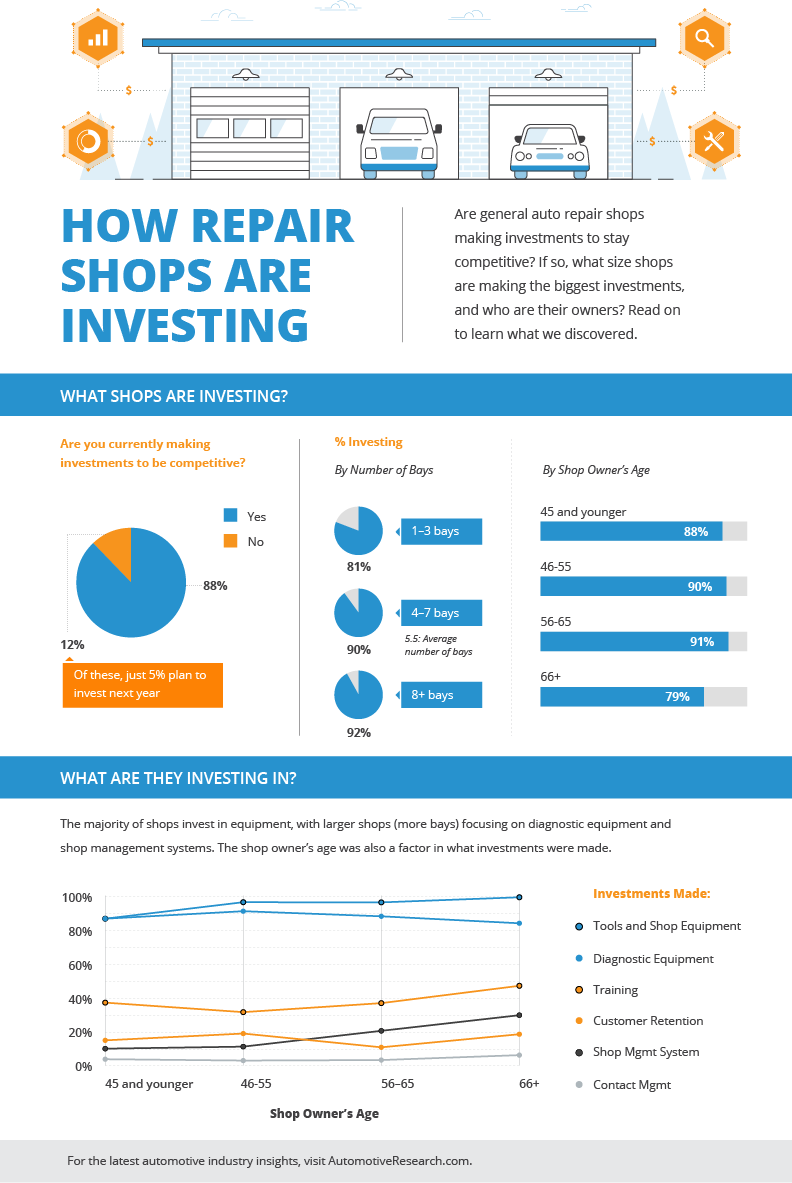Looking For Clarity On The Warning Lights Presented On Your Cars And Truck'S Dashboard? Find Out Exactly How They Relate To Your Automobile'S Health And Safety
Looking For Clarity On The Warning Lights Presented On Your Cars And Truck'S Dashboard? Find Out Exactly How They Relate To Your Automobile'S Health And Safety
Blog Article
Created By-Vinson Stark
When you lag the wheel, those glowing caution lights on your dashboard can be a bit difficult. Do you know what they're trying to tell you about your automobile's health and wellness? Understanding the significance of these lights is important for your security and the long life of your lorry. So, the following time among those lights appears, would not you want to understand its message accurately and take the essential actions to address it?
Common Warning Lighting and Interpretations
Recognize usual caution lights in your cars and truck and recognize their definitions to make sure safe driving.
The most typical warning lights consist of the check engine light, which signifies problems with the engine or exhausts system. If this light comes on, it's vital to have your lorry inspected quickly.
The oil pressure alerting light suggests reduced oil pressure, requiring immediate interest to stop engine damages.
A blinking battery light might suggest a damaged charging system, potentially leaving you stranded if not resolved.
The tire stress monitoring system (TPMS) light signals you to low tire stress, impacting lorry stability and fuel performance. Neglecting this might bring about unsafe driving conditions.
The abdominal light suggests a trouble with the anti-lock stopping system, jeopardizing your capacity to quit swiftly in emergencies.
More Information and facts but not least, the coolant temperature alerting light warns of engine overheating, which can lead to severe damage if not solved swiftly.
Comprehending these typical caution lights will aid you attend to issues quickly and preserve secure driving conditions.
Value of Prompt Attention
Comprehending the typical caution lights in your car is just the first step; the significance of without delay dealing with these warnings can not be highlighted sufficient to ensure your safety and security when driving.
When a caution light brightens on your control panel, it's your vehicle's means of communicating a prospective issue that requires attention. Overlooking these warnings can result in a lot more serious problems later on, endangering your safety and potentially costing you extra in repairs.
Motivate interest to cautioning lights can protect against malfunctions and crashes. For instance, a blinking check engine light could indicate a misfire that, if left unattended, could create damages to the catalytic converter. Addressing this immediately can conserve you from a pricey fixing.
In a similar way, a brake system alerting light could signal low brake liquid or worn brake pads, essential components for your safety and security when driving.
Do It Yourself Troubleshooting Tips
If you observe a caution light on your control panel, there are a couple of DIY repairing ideas you can attempt prior to seeking professional assistance.
The initial step is to consult your cars and truck's manual to understand what the certain caution light shows. Sometimes the issue can be as straightforward as a loosened gas cap activating the check engine light. Tightening up the gas cap may solve the problem.
An additional common concern is a low battery, which can trigger different advising lights. Examining the battery links for corrosion and ensuring they're protected might deal with the trouble.
If a warning light continues, you can try resetting it by disconnecting the automobile's battery for a few minutes and afterwards reconnecting it. Furthermore, inspecting your car's liquid degrees, such as oil, coolant, and brake liquid, can help troubleshoot warning lights connected to these systems.
car cleaning auckland
In conclusion, recognizing your vehicle's caution lights is important for keeping your vehicle running smoothly and safely. By without delay attending to these notifies and knowing what they suggest, you can prevent expensive repair services and potential malfunctions.
Bear in mind to consult your car's guidebook for particular information on each cautioning light and do something about it as necessary to make sure a trouble-free driving experience.
Remain notified, remain safe when traveling!
